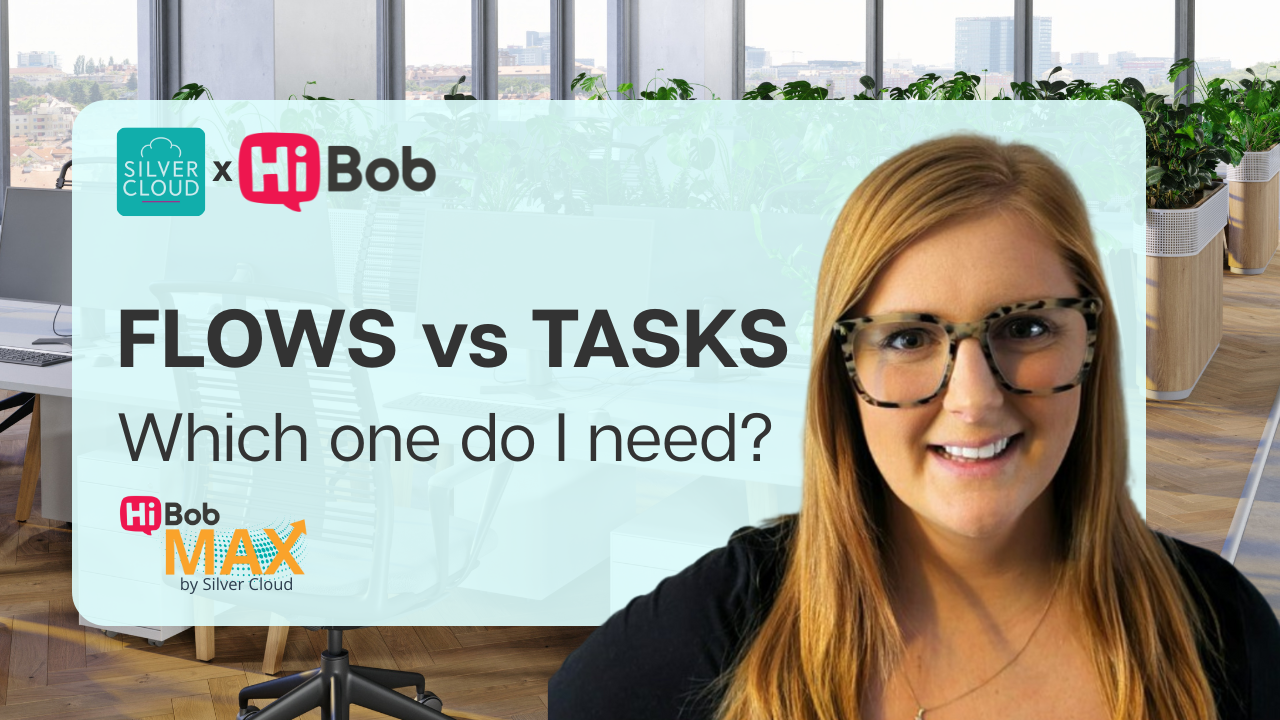5 secrets to selection success for SMEs
by SJ Hood
In a small-to-medium business, HR leaders like you are juggling a lot of priorities, from hands-on tasks to pushing strategic change. Whether it’s improving employee experience, streamlining payroll, or meeting compliance goals, the idea of running a full-blown HR tech selection project might feel like a distraction from more pressing tasks. Even if you really need it.
After all, the right HR or payroll system can make a big difference. It can significantly improve your team's productivity, reduce admin burdens, even impact employee retention.
If you select it wisely.
But you’re busy and you might not have had to go explore the market in a long time (or ever), so your confidence in the process might be shaky. Don’t worry, here are the five secrets to choosing the right system quickly and confidently, without getting lost in vendor noise or endless feature comparisons.
Secret 1: You don’t need ‘everything’
It’s easy to be dazzled by vendor feature lists and promises of future-proof technology. But what matters most is whether a system fits the way your organisation actually works.
Start by identifying your core HR challenges. Are manual payroll processes eating up time? Do employees find it difficult to request time off or access payslips? Are you struggling with basic reporting and data accuracy? What’s dragging your existing way of working down?
Focus on your ‘must-haves'. These are the features that address your most immediate pain points. According to HiBob’s 2023 HR Tech Trends report, 89% of mid-sized companies cite usability and core functionality as more important than having the most advanced or innovative features. (HiBob) So starting your focus here makes sense. Be sure to give extra weight to these features and don’t get distracted by ‘nice-to-haves'. This approach both shortens your vendor list and reduces decision fatigue (something you might become intimately familiar with if you’re doing it all in-house).
Secret 2: Licensing costs are just the beginning
Cost is about more than just licensing fees. Consider implementation, configuration, training, and even internal resourcing. What’s included in the purchase price? Will you need someone else to come in and set everything up? If that’s not the plan, can you honestly say you have the time and resource to dedicate to it?
A recent study by Capterra found that 62% of HR software buyers who regretted their purchase said they underestimated the full cost of ownership, including time spent by internal staff. (Capterra) Set a total project budget, not just a software budget.
And don’t forget to think about timelines. Will you need the system to go live by January 2026? Will you need to sync implementation with payroll year-end or performance review cycles?
Secret 3: Foundations come first
HiBob’s research shows that 72% of organisations rank integration with existing systems as a top priority. Which was well above AI, advanced analytics, or mobile-first features. (HiBob) While the shiny new things like AI can be appealing, making sure you have what you need to keep things running is the most critical part.
Rather than comparing every bell and whistle, you’ll find more success by prioritising the following:
- Ease of use for HR, managers, and employees
- Integration capability with payroll, finance, or time tracking tools
- Reporting & compliance support for audits and oversight
- Customer support & training from the vendor
When you keep your comparison grounded in your core use cases, you’ll be much more likely to find a platform that does the job effectively. And don’t forget to test those scenarios directly during vendor demos!
Secret 4: Fit matters more than features
Speaking of demos, you don’t need to demo 10 different systems. What you need is to know which platforms even make sense for you to demo. This can be a tricky thing to figure out if you don’t live and breathe the HR tech market.
Instead of trying out everything under the sun, you need to create a shortlist 3–5 of vendors that align with your organisation’s needs, industry, and size. Look for systems that are proven in businesses like yours and check references or case studies. But also don’t forget culture fit. Sometimes choosing the right software is more about how it will add to, and align with, your culture than making sure every single part of your wishlist is covered.
Zoho's HRIS buyer's guide notes that over 75% of failed implementations come down to poor vendor fit rather than technology failure. (Zoho)
A well-structured selection process can save you weeks of vendor back-and-forth. Services like Silver Cloud HR’s Select package offer support with vendor shortlisting and evaluation. Which is particularly useful if you have a lean HR team or limited bandwidth. Our consultants (who do, in fact, live and breathe the HR tech market) can help you find the providers that align with both what you need and what you want.
Secret 5: You don’t have to do it all alone
Getting the go-ahead to choose a new system can be an immense amount of pressure. You know it’ll make a huge difference to your team, but you also know that the eyes of judgement are on you when it comes to a major financial decision. So, you’ve got to get it right.
The good news is that you don’t have to do your best and squeeze this major decision in between all of your normal day-to-day work. Instead, you can rely on people who have been-there-done-that, seen-it-all like the consultants we’ve got here at Silver Cloud. Each one of whom has been in your shoes before.
Ready to find your next HR platform? Explore Selection options with Silver Cloud.
.png)

.png)
